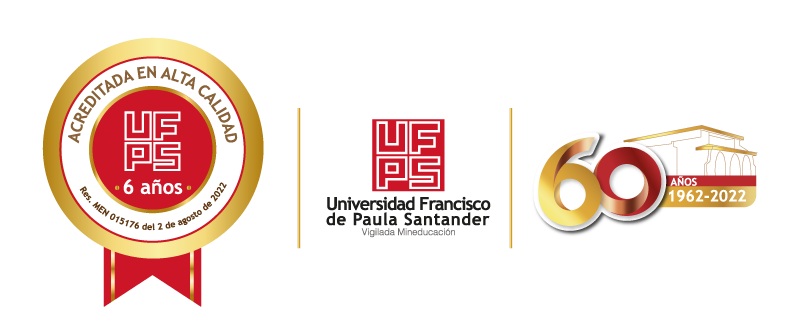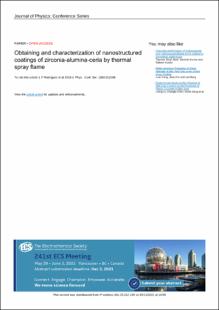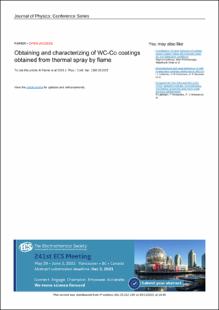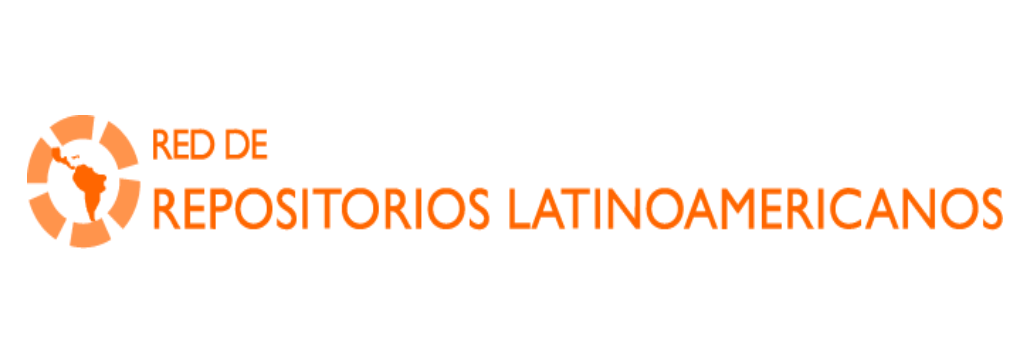Propiedades térmicas y fotocatálisis de un recubrimiento de doble capa pulverizado con llama oxiacetilénica sobre una baldosa de arcilla roja
...
Ferrer Pacheco, Martha Yasmid | 2023
A lo largo de la franja oriental, hacia la frontera con Venezuela en municipios de Tibú y Cúcuta, se registran las mayores temperaturas
en Norte de Santander (Colombia), que superan los 28°C en promedio, debido su posición geográfica y al bajo número de días con
lluvia al año que oscila entre 100 y 150. El sol brilla cerca de 6 horas diarias durante la mayor parte del año, con una intensidad de
la radiación superior a los 600 W m-2 entre las 10:00 am y las 02:00 pm, lo que ocasiona que la temperatura de 21 y 24 °C, en la
madrugada suba entre 30 y 34°C en promedio al medio día y alcanzado temperaturas de 39 °C.
Según la empresa de Centrales Eléctricas de Norte de Santander (CENS) las altas temperaturas en el área metropolitana de Cúcuta,
ha obligado a la gente a utilizar, de manera permanente, ventiladores, aires acondicionados y refrigeradores para mitigar el fuerte
calor. Eso dispara los consumos que se ven reflejado en el recibo de pago.
La mampostería de construcciones civiles se calienta por la radiación solar, el calor se propaga por conducción al interior de las
mismas, incrementando la temperatura lo que ocasiona un aumento en el consumo de energía.
Una forma de evitar el aumento de la temperatura al interior de las construcciones por efecto de la radiación solar es incluir una
mampostería con buenas propiedades de aislamiento térmico en sus fachadas. Existen muchos materiales aislantes de baja
conductividad térmica la mayoría son cerámicas avanzadas como la zircona, nitruro de silicio, entre otros de valor comercial alto, en
este trabajo se propone aplicar un recubrimiento utilizando como material de aporte cenizas volantes, las cuales son un desecho
industrial y consideradas como contaminantes en el ecosistema. La técnica utilizada para la obtención de los recubrimientos es el
proyeccióntérmico por llama oxiacetilénica
Se propone aplicar un recubrimiento de dos capas, el primero utilizando cenizas volantes y el segundo a base de óxido de titanio;
de esta manera se combinan las propiedades aislantes de las cenizas, el poder fotocatalítico del oxido de titanio, el cual además
sirve para sellar la porosidad del primer recubrimiento y aumentar su eficiencia. Se pretende evaluar la capacidad aislante de este
recubrimiento de doble capa, cuando es sometida a fuente de calor constante. Los recubrimientos se depositarán sobre baldosas
de arcilla roja, utilizando la técnica de proyeccióntérmico por llama.
La materia prima y los recubrimientos serán caracterizados morfológicamente con Microscopía Electrónica de Barrido (MEB), su
microestructura por Difracción de R-X (DRX). Las propiedades aislantes térmicas se determinan a partir de la conductividad y
efusividad térmica de los recubrimientos utilizando el sistema C-Therm TCi con el que se mide la conductividad térmica y la efusividad
directamente
Se espera probar con éxito, los recubrimientos aislantes térmicos y ofrecer una solución económica y versátil a la hora de minimizar
el calentamiento de las construcciones en su interior por efecto de la radiación solar.
LEER












